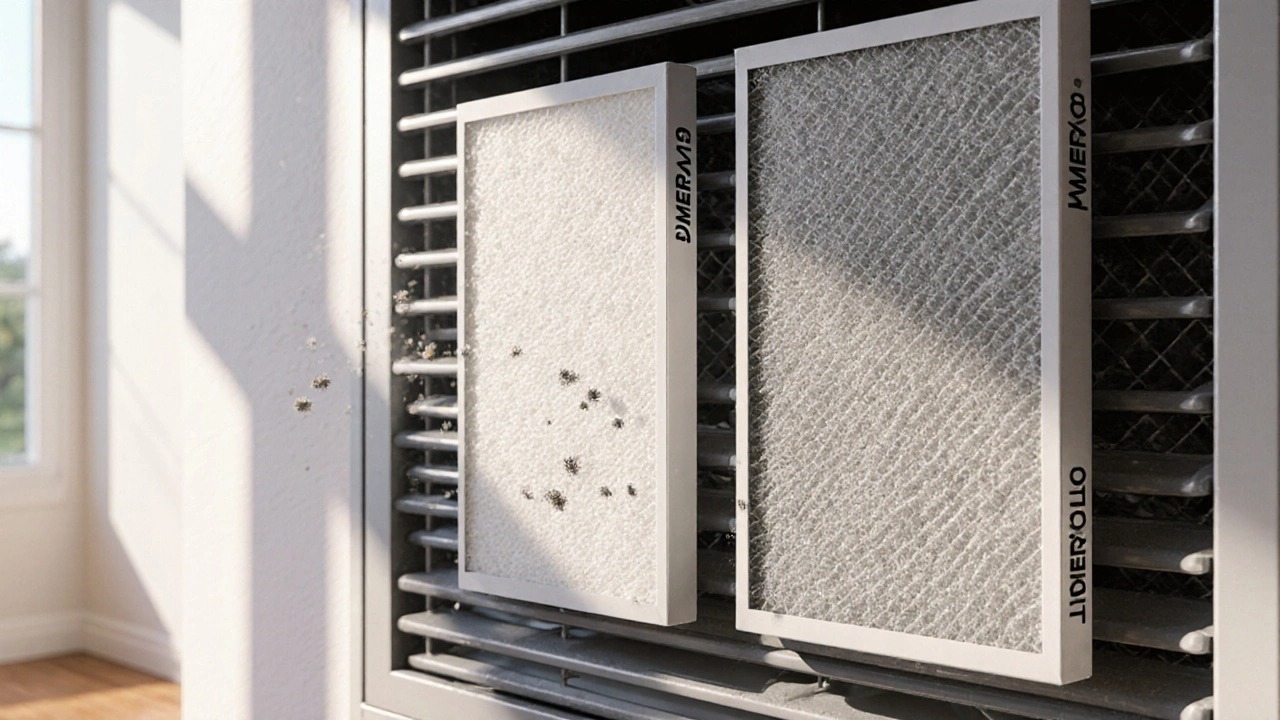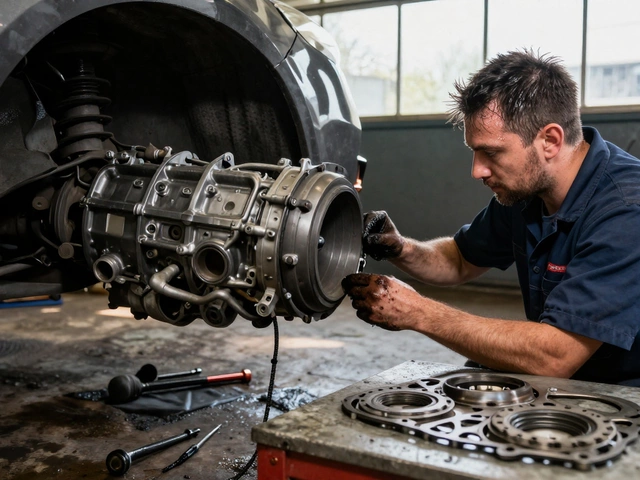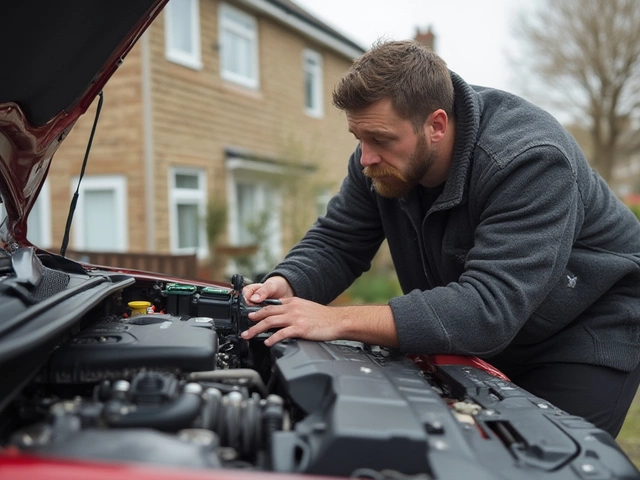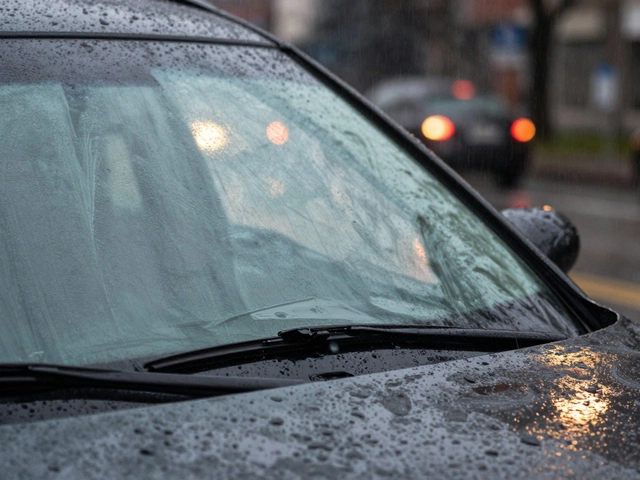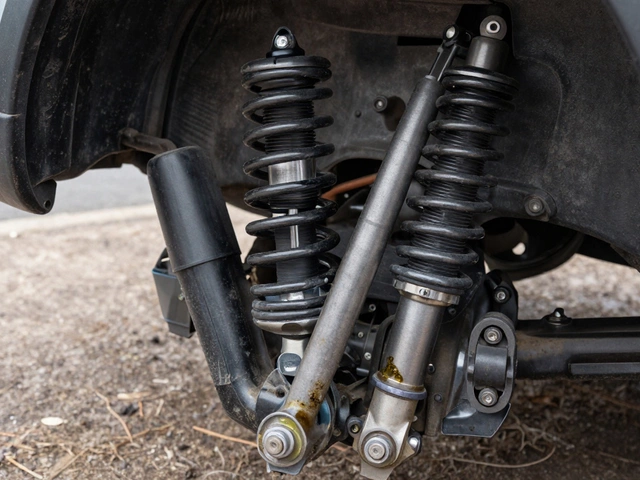MERV 8 vs MERV 11 Filter Selector
Standard residential filter
Efficiency: ~70% for particles 3-10 µm
Pressure Drop: ~0.1 in wc per 100 CFM
Cost: £3-£5 per filter
- Good for general dust control
- Safe for all residential HVAC systems
- Lower energy impact
Enhanced filtration
Efficiency: ~85% for particles 1-3 µm
Pressure Drop: ~0.2-0.3 in wc per 100 CFM
Cost: £5-£8 per filter
- Better for allergies and pets
- Catches smaller particles
- May increase energy use slightly
Your analysis will appear here after selecting criteria
MERV 8 vs MERV 11 Comparison Table
| Attribute | MERV 8 | MERV 11 |
|---|---|---|
| Particle Size Captured | 3-10 µm (≈70% efficiency) | 1-3 µm (≈85% efficiency) |
| Typical Pressure Drop | 0.1 in wc per 100 CFM | 0.2-0.3 in wc per 100 CFM |
| Annual Cost (12 changes) | £36-£60 | £60-£96 |
| Best For | General dust, low-allergy homes | Allergy-prone households, pets, high pollen |
| System Compatibility | All residential HVAC units | Units rated ≥0.5 in wc static pressure |
When you pick a new filter for your heating, ventilation, and air‑conditioning (HVAC) system, the first question that pops up is usually: MERV 11 or MERV 8? Both numbers belong to the MERV rating scale, but they don’t mean the same thing. In this guide we’ll break down what each rating does, how it affects airflow, cost, and indoor air quality, and help you decide which one fits your home best.
What the MERV rating actually measures
MERV rating is a metric created by the American Society of Heating, Refrigerating and Air‑Conditioning Engineers (ASHRAE) that tells you how efficiently a filter captures particles of different sizes. The scale runs from 1 (very coarse) up to 20 (almost HEPA‑level). The higher the number, the smaller the particles the filter can trap, but higher ratings also create more resistance to airflow.
Defining MERV 8 and MERV 11 filters
MERV 8 filter is considered a standard residential filter. It captures >70% of particles in the 3‑10µm range, such as pollen, dust mites, and carpet fibers.
MERV 11 filter steps up the game. It traps >85% of particles from 1‑3µm, covering finer pollen, mold spores, pet dander, and a chunk of smoke or cooking fumes.
Both filters sit comfortably within the design limits of most residential HVAC units. The key is to match the filter to your home’s air‑quality needs and the system’s fan capacity.
How particle size translates to real‑world benefits
Understanding particle size helps you see why a higher MERV rating can feel like a health upgrade. Here’s a quick rundown:
- 3‑10µm - visible dust, larger pollen, carpet fibers. MERV 8 catches most of these.
- 1‑3µm - smaller pollen, mold spores, pet dander, some smoke particles. MERV 11 excels here.
- 0.3‑1µm - fine smoke, bacteria, some viruses. Neither MERV 8 nor MERV 11 reach these, but they reduce the load on your system’s downstream filters.
If anyone in your household suffers from asthma, allergies, or you live in a high‑pollen area, the extra capture of MERV 11 can make a noticeable difference in symptom flare‑ups.
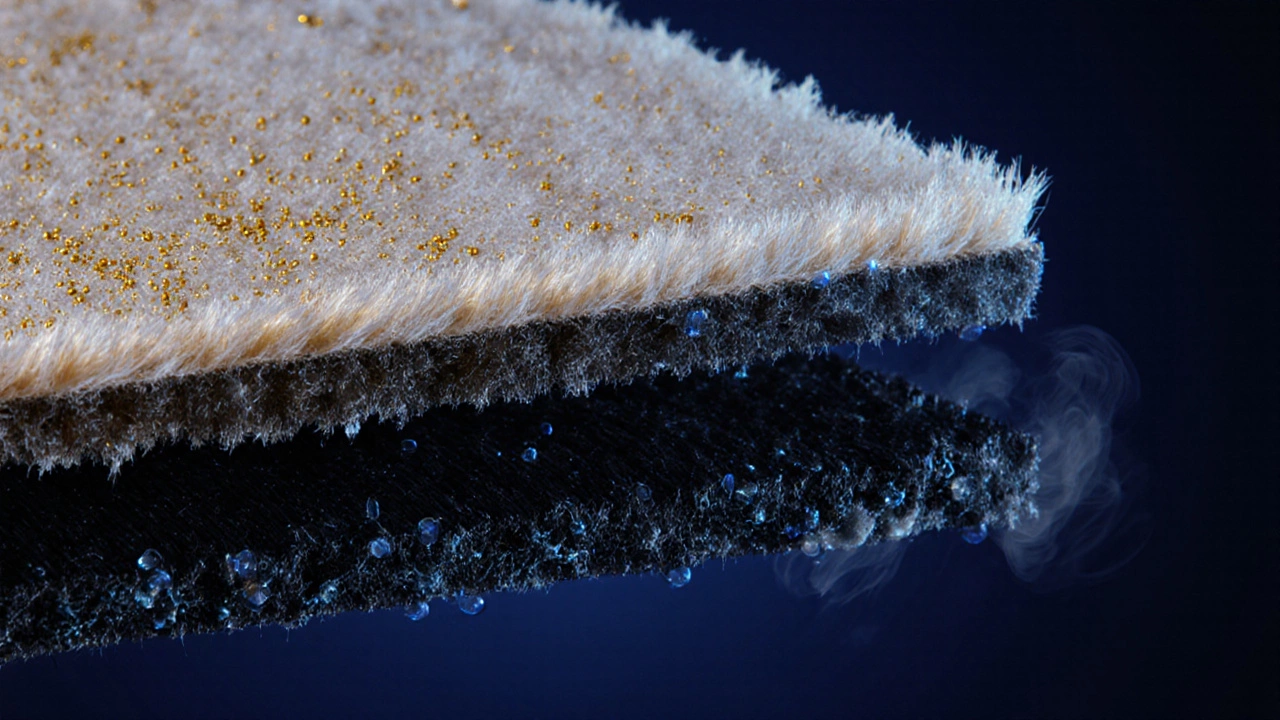
Impact on airflow and system performance
Every filter creates a pressure drop-a resistance the fan must overcome. The rule of thumb is: a jump of about 1‑2inches of water column ("inwc") per 100CFM (cubic feet per minute) of airflow.
Typical numbers:
- MERV 8 - 0.1inwc per 100CFM
- MERV 11 - 0.2‑0.3inwc per 100CFM
If your furnace blower is rated for a maximum static pressure of 0.5inwc, both filters are safe. However, on older units or tighter ductwork, the higher pressure drop of MERV 11 can slightly raise energy use-roughly 1‑3% on average. The trade‑off is cleaner coils and fewer maintenance visits.
Cost comparison
Price is a practical deciding factor. In 2025 US pricing (adjusted for UK market as well) you’ll typically find:
- MERV 8 - £3‑£5 per 1‑inch filter (standard 16×20×1 size)
- MERV 11 - £5‑£8 per same size filter
The difference is modest, but it adds up if you change filters monthly. A simple rule: calculate annual cost (price × 12) and compare against potential savings from reduced HVAC wear and lower allergy medication use.
Best‑use scenarios
Here’s a quick cheat‑sheet to guide you:
- Dust‑heavy homes (renovations, construction sites) - MERV 8 does the job; it won’t choke the system.
- Pet owners, allergy sufferers, or high pollen regions - MERV 11 provides noticeable relief.
- Energy‑conscious households with high‑efficiency furnaces - MERV 8 keeps the fan workload low.
- Homes with older, low‑capacity blowers - stick with MERV 8 unless you’re sure the system can handle the extra pressure.
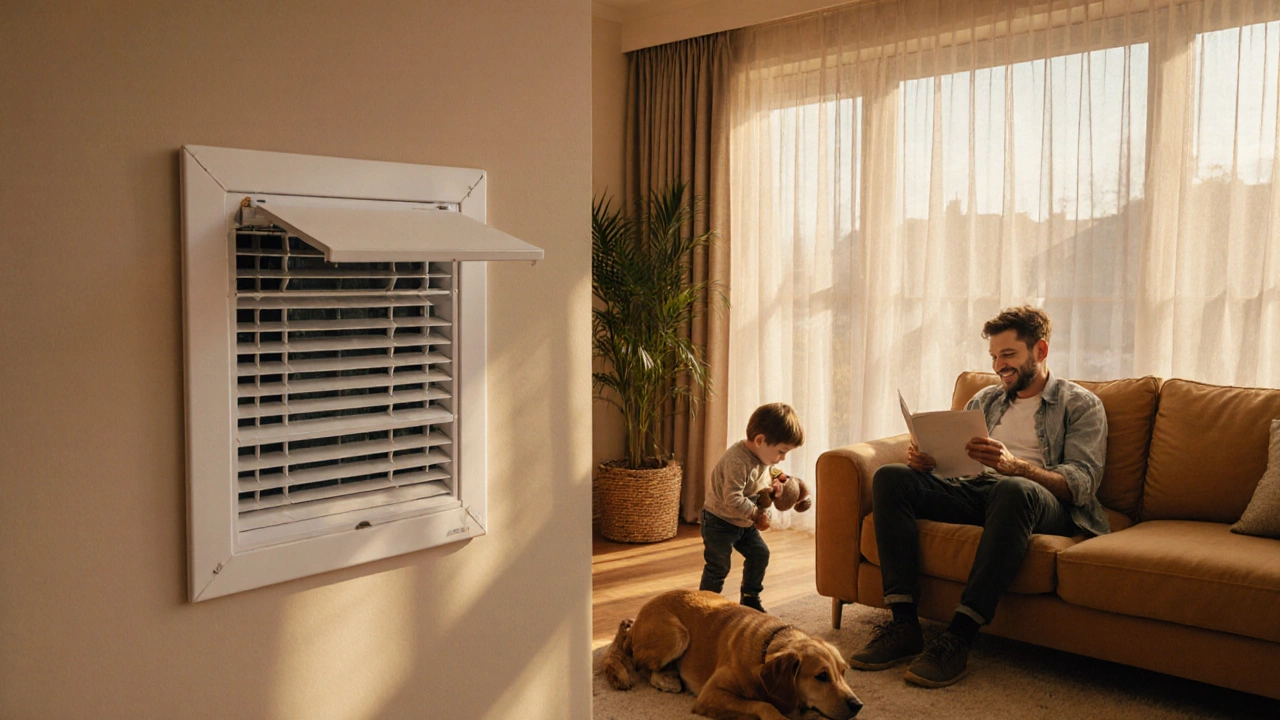
Side‑by‑side technical comparison
| Attribute | MERV 8 | MERV 11 |
|---|---|---|
| Particle size captured | 3‑10µm (≈70% efficiency) | 1‑3µm (≈85% efficiency) |
| Typical pressure drop | 0.1inwc per 100CFM | 0.2‑0.3inwc per 100CFM |
| Annual cost (≈12changes) | £36‑£60 | £60‑£96 |
| Best for | General dust, low‑allergy homes | Allergy‑prone households, pets, high pollen |
| System compatibility | All residential HVAC units | Units rated ≥0.5inwc static pressure |
How to choose the right filter for your home
- Check your furnace or air‑handler manual for the maximum static pressure rating. Look for a line like “Maximum filter pressure drop: 0.5inwc”.
- Assess your indoor air‑quality priorities. If anyone sneezes every spring, lean toward MERV 11.
- Consider your HVAC age. Older units with single‑speed fans are more sensitive to pressure drop.
- Factor in budget. If you change filters monthly, the extra £2‑£3 per filter adds up.
- If still unsure, start with MERV 8 for a month, then switch to MERV 11 and note any changes in dust buildup, allergy symptoms, and energy bills.
Most experts recommend a “trial swap” method because real‑world performance can vary with humidity, duct leakage, and the type of furnace blower you have.
Maintenance tips to keep any filter working well
- Mark the installation date on the frame; set a calendar reminder.
- Inspect the filter visually when you change it. If it looks more than 50% clogged, replace it even if you’re ahead of schedule.
- Clean or replace HVAC coil seals annually; a dirty coil forces the fan to work harder, magnifying the pressure‑drop effect.
- Combine filter upgrades with regular duct cleaning if you notice dust swirling after each change.
Frequently Asked Questions
Will a MERV 11 filter damage my furnace?
Only if the furnace blower is already operating near its maximum static‑pressure limit. Most modern residential units handle a 0.2‑0.3inwc drop without issue. Check the manual; if the rating is 0.5inwc or higher, you’re safe.
Can I use MERV 13 or higher instead?
Higher ratings like MERV 13 capture finer particles (including most bacteria) but they also increase pressure drop dramatically. Unless your system is specifically designed for high‑efficiency filters, you’ll see higher energy bills and possible airflow restriction.
How often should I replace a MERV 8 vs MERV 11 filter?
Both typically last 30‑90days depending on use. In homes with pets or heavy dust, a MERV 11 may clog faster, so a 30‑day change schedule is safer.
Do MERV ratings affect indoor humidity?
Indirectly, yes. A clogged high‑MERV filter can reduce airflow over the evaporator coil, causing less moisture removal and higher indoor humidity.
Is there a noticeable sound difference between the two?
Higher pressure drop can make the fan work a bit harder, sometimes producing a slight whine. In most houses the difference is subtle and only heard if you’re close to the unit.
Bottom line: If clean air is a health priority and your HVAC can handle a modest pressure rise, MERV 11 is the better choice. If you’re watching the energy bill or have an older furnace, stick with MERV 8 and upgrade only when you see a need.
